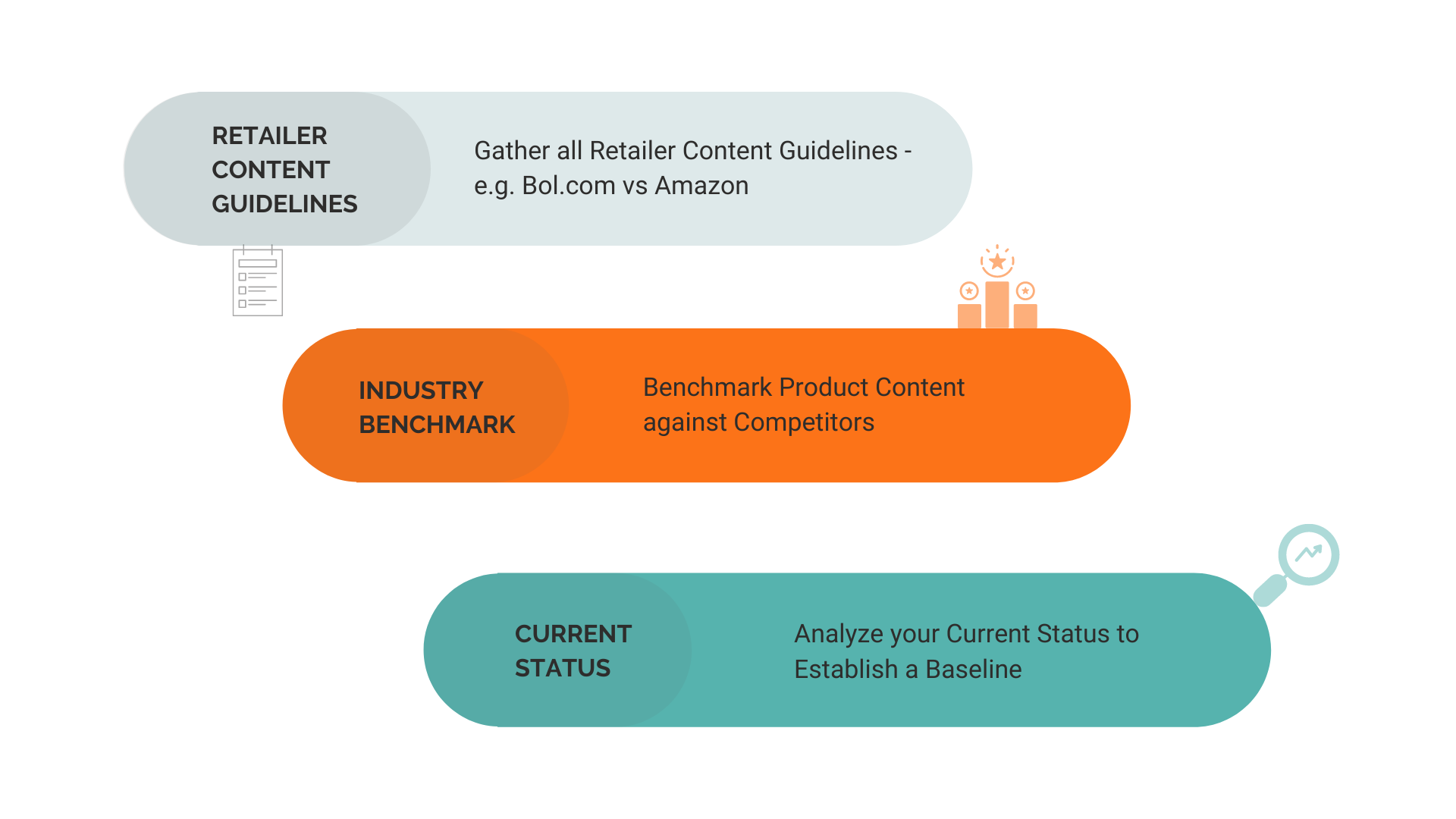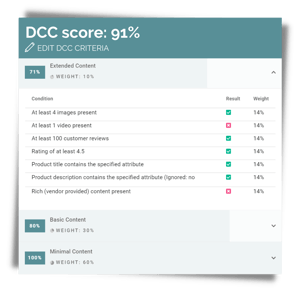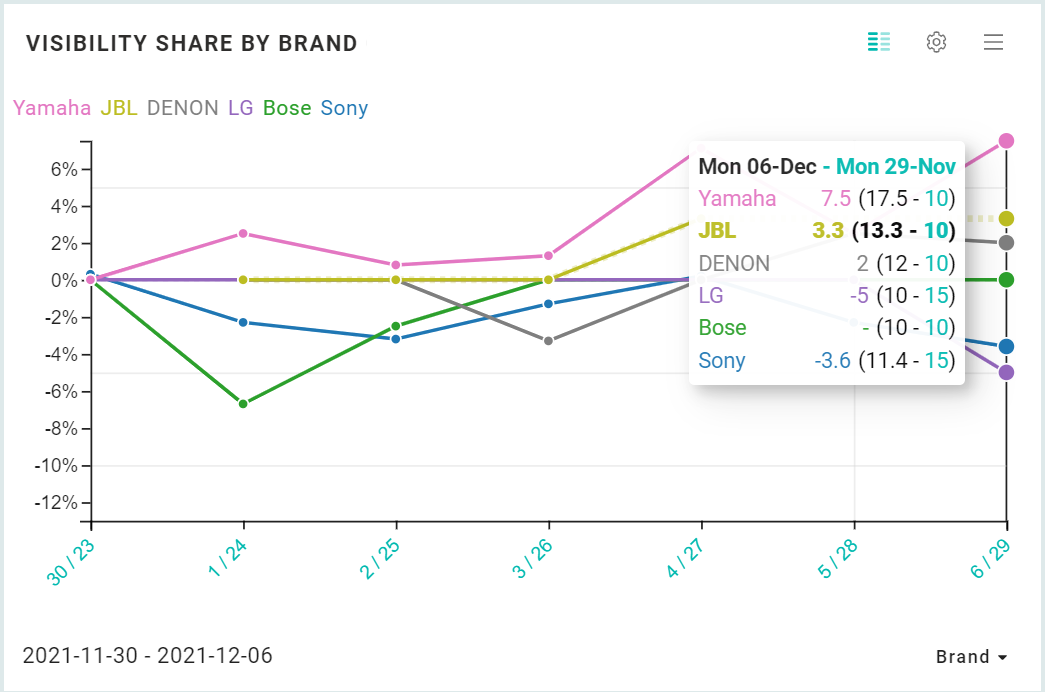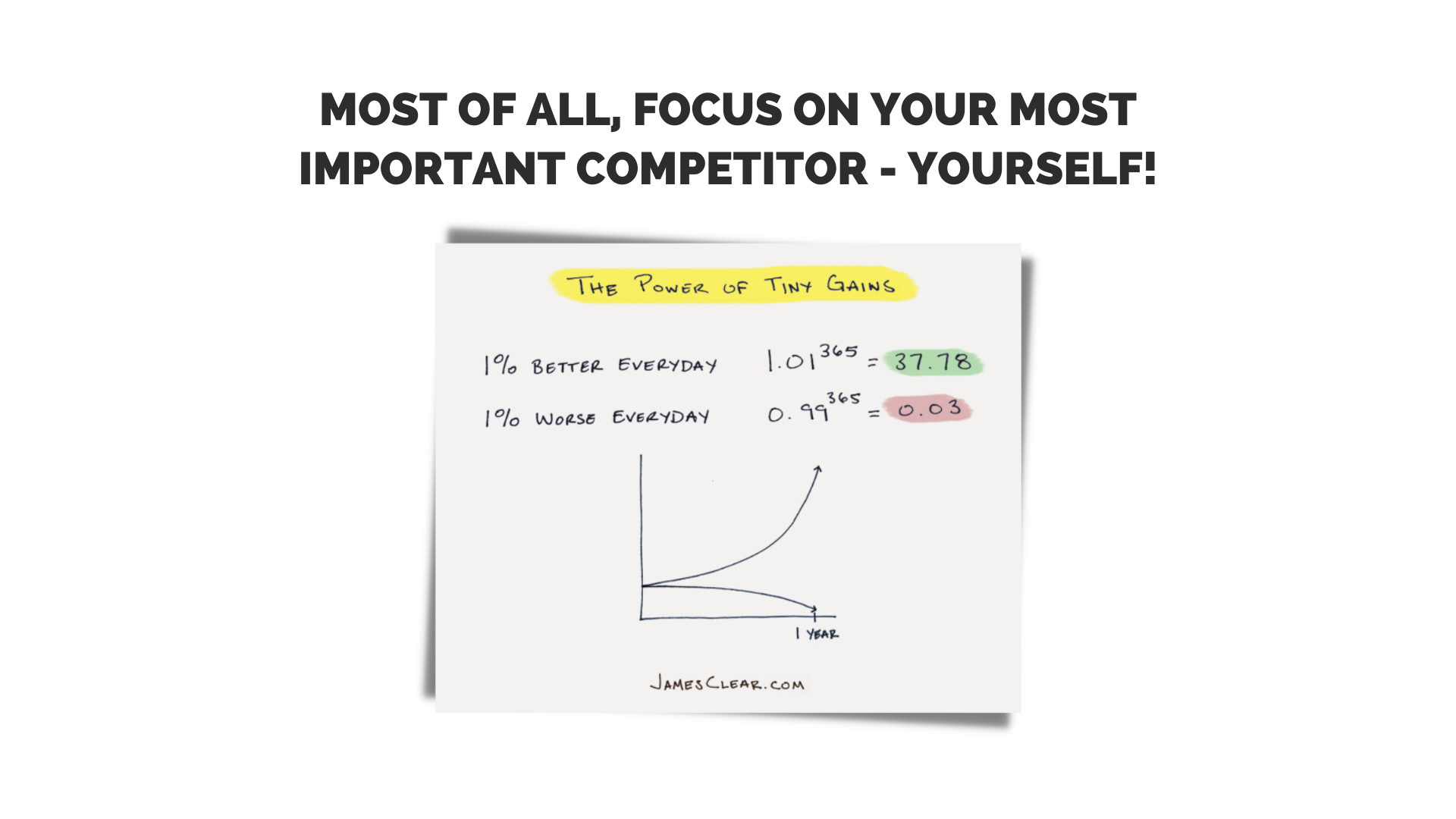4 Useful Competitive Analysis Metrics for Competitor Monitoring
Do you think monitoring competitors and competitive analysis are beneficial for your success? Maybe not, as you believe that your competitors' tactics are not affecting your business. Or perhaps, you do find it essential, but it is too time-consuming, and you don't have time for it.
There's a ton of information about your online competitors available, but what metrics are helpful to monitor to stay ahead of competitors?
This article looks at 3 useful competitive analysis metrics for eCommerce brands.

1. Selling Prices
The most important thing is that you gain insight into the price elasticity of your products, the latest figures on sales data in the industry, and automatic updates on competitors' prices.
Tracking competitor selling prices can help you determine:
- Which market segments your competitors are targeting;
- What pricing strategy they are using;
- How rapidly are the prices of each competing brand changing?– A stable price often shows a product to be successful and vice versa.
Base your pricing decisions on this context, such as choosing products that fit unsaturated segments.
Choose a pricing strategy that aligns with your brand and value proposition
You may want your prices to be relatively close to your competition, as too high or low will affect sales. By always having your prices at rock-bottom prices, you’ll reduce your profit, and customers may perceive your product as low quality.
Choose a pricing strategy that aligns with your brand and value proposition. Who are your competitors, and how do you want to be ‘seen’ against them? Who is your customer target group, and how much are they willing to pay? For instance, some customers value brand personality, convenience, or speed of shopping online more than the price.
You need to decide whether you want to focus on quantity or quality. When selling high-quality or luxury products, your pricing should likely be higher to communicate the value you provide. In contrast, you need to keep your margins low to get as many people on board as possible with other products.
How to adjust prices over time
You can choose to extract more margin on fast-selling products or lower prices when sales are slow. Keep in mind that it’s more challenging to raise prices than reduce them. Offering time-based discounts and clearly communicating the discount period is another way to ‘play’ with prices. Another strategy is bundling products into single-SKU offerings, which is at the same time a method to differentiate from the competition.
In any case, identify which margins are needed for which products to remain profitable, stay competitive, and hit your financial objectives. Tracking competitor selling prices can help make that task easier.
2. Product Content Quality
Unique, fresh, and rich product page content positively affects search rankings, sales, and engagement and lowers returns. Optimal online merchandising is essential for your brand to compete on all channels.
But how do you measure the quality of your product copy, images, and videos and benchmark with competitors, to determine where to focus your efforts?
Compare your Content Assets with those of your Competitors
To track if the presentation of your products on the digital shelf is competitive, we first need to measure our current status. But overseeing content assets on hundreds or thousands of product detail pages on retailer sites is quite the challenge.
The current status
To inventory the current status of your content on the digital shelf, you can use digital shelf scraping tools such as SiteLucent.
For instance, find out per retailer what is the (average):
- Image count
- Video count
- Title and description length
- Keyword usage
- Review star rating
Checking brand (and competitor) content compliance and quality becomes next-level because of the customization across resellers. That's why you should always consider retailer content guidelines.
Once you know your current status, you can analyze competitor brands and compare them to your products.


Content Scorecards
To make comparing content guidelines against published content on retailer sites easier, you can use content scorecards. Automated reports on products with incorrect or missing keywords, product images, videos, or other attributes help you bring content to a competitive and perfect level.
3. Ratings & Reviews
Do your rivals' products have a decent amount of reviews? If not, you can set up a targeted review campaign for your products to gain reviews and a competitive advantage.
Aim to have at least the same amount of reviews and star ratings as your competitor's products. Define the number of reviews and star ratings your products currently have and benchmark against competitor products. Review monitoring software can help you with this job, as well as zooming in on underperforming products - Reviews with low numbers of reviews or those with 1- or 2-star ratings.
What are people saying about your competitors' products online? Suppose your competitor's products do have a decent amount of reviews. In that case, you can use customer feedback to get an impression of the quality of the product, the favorite features that buyers like about your competitors, and improve your products.
4. Share of Search
If you know for which keywords, organic or paid, your competitors show up in site search results or not, you can create your campaigns and manage retail SEO in a more targeted way. Adding keyword-optimized text is the go-to strategy for improving product page placement. The closer your product titles and descriptions come to matching your brand keywords, the higher your product will appear in the search results.
If your competitor has not focused on keywords of a specific group of products yet, you can be the first mover.
Do not mistake using and targeting specific keywords without knowing if the product's price is competitive or not. This may create traffic that notices your products but ends up buying your competitor's.
Retail keyword- and category tracking tools can help you determine which brands' products you are competing with (top 3 positions) on page 1 of the retail search results (typically the first 24 results) for your most important keywords. Retail keyword tracking lets you monitor your share of search and benchmark competitor brand rankings. Adjust your KPIs to the outcome of your analysis and aim to improve over and over.


Most of all, focus on your most important competitor — yourself!
Optimize, and make continuous marginal improvements.
If you get 1% better every day, for an entire year, you'll be 37 times better by the time you're done! That’s the power of tiny gains!
Competitive Intelligence Tools
You could gather competitor information by surfing the internet and visiting the websites you want to monitor manually. However, collecting and reporting all this information by hand is a hassle and time-consuming job.
In addition, given that you have to do it regularly to spot trends and developments over time, it might as well be unfeasible.
Using professional tools that daily track product detail pages of competing brands make competitive analysis more manageable and efficient.
Moreover, monitoring tools can translate data into reports and speed up decision-making by giving you the necessary insights. This process is what we call competitive intelligence.
Competitor monitoring and analytics tools such as SiteLucent uncover powerful insights for your brands and enable you to take control and stay ahead in the challenging world of eCommerce.